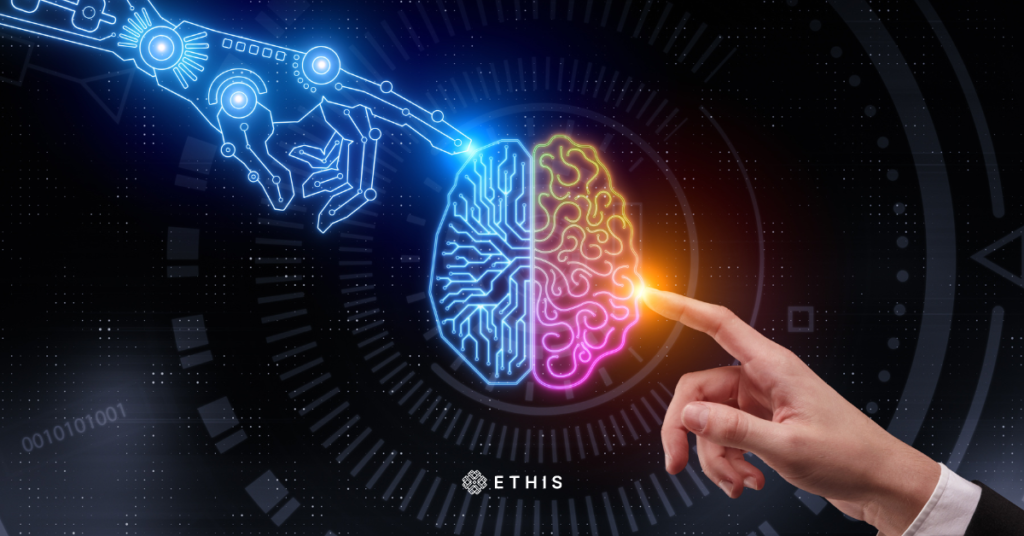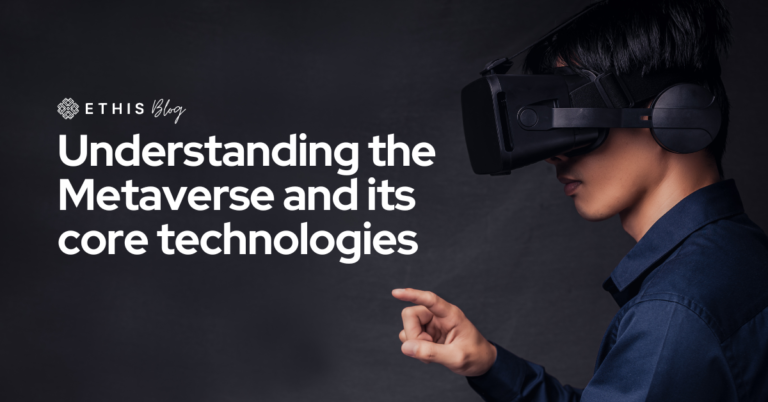
Within the realm of digital technology, the idea of the metaverse is becoming increasingly more complicated, which is opening the door to extraordinary opportunities for an unimaginably large number of people. The forefathers of the modern era are currently toiling away at the task of constructing a comprehensive description of the metaverse. On the other hand, the vast majority of people understand the term “metaverse” to refer to a novel kind of internet experience that is founded on a number of different developing technologies.
A metaverse is a form of “embodied internet,” as described by Mark Zuckerberg, one of the most influential figures in the industry who is currently investing in the concept. Either you can totally immerse yourself in it (by using VR, which stands for virtual reality), or you can incorporate it into your daily life (through Augmented Reality – AR).
Related: Metaverse: How is it beneficial for your digital business
To delve a little deeper, the metaverse is an imagined future in which our real lives and our digital lives will be intertwined with one another and will coexist in close proximity to one another. This will be the case in the future.
Tony Parisi, from Unity Technologies, asserts that there are a significant number of “rules” that govern the metaverse. These are the following:
- There is only one metaverse in existence.
- The metaverse is a network
- The metaverse is the internet
- Users should be able to access the metaverse without restriction.
- The metaverse cannot be controlled by any one person.
- The metaverse does not require the use of any particular piece of hardware to function.
- The metaverse is obligated to remain accessible at all times.
The Primary Technologies That Make Up the Backbone of the Metaverse


At this juncture, the metaverse is making a promise that is centered on decentralization and universality. It enables us to conceive of a world in which we have a greater degree of control over our digital experiences and may gain access to them in a manner that is more flexible. This is a realm that we can now only conceive of because of this technology.
The metaverse, which has been referred to as the “new internet,” is still in its infant stages of development, and the system is being continuously improved by new technology. The three types of technology that are currently associated with the metaverse that are seeing the most widespread use are extended reality (XR), the technology behind blockchain transactions, and artificial intelligence (apart from the internet itself).



Blockchain
The blockchain is an important component of decentralization and the idea that underpins it is no longer solely connected to Bitcoin and other cryptocurrencies. In the metaverse, blockchain has the potential to provide users with a greater degree of control over the manner in which they interact with the internet. This would mark the transition from Web 2.0 to Web 3.0, an era in which large corporations such as Google and Amazon would have less of an impact on what we do and what we see online.
The start of a brand new era would be signified by this event, making it a momentous occasion. Blockchain technology is already making waves in the metaverse due to the presence of non-fungible tokens that can be used as forms of investment in supporting artists, smart contracts, and decentralized financial systems.
Related: Blockchain in Islamic Finance
Artificial Intelligence


A certain amount of artificial intelligence is required in order to realize the goal of further strengthening the link between the digital and physical worlds. In order to take part in the vast majority of the experiences available within the metaverse, the application of artificial intelligence is required. It has the potential to be useful in the processing of natural language, which would increase the likelihood that our robots and other forms of robotics will be able to understand people.
Technologies such as computer vision, simultaneous location, and mapping are all examples of AI-supported technologies that assist robots in comprehending the physical environment in which they are designed to operate.
Related: What You Need to Know About Shariah-compliant Robo-Advisors
Technology that Expands Our Perception of Reality


The extended reality, also referred to as XR (which stands for “extended reality”) is one kind of metaverse technology that is probably discussed the most frequently in modern times. It is distinguished by the blending of the real and virtual worlds through the utilization of a variety of headgear and other devices. This is the defining characteristic of mixed reality.
As a result of advancements in XR technology, we are now able to enter virtual worlds and interact with communities by utilizing 3D avatars. Mixed reality and augmented reality can also be used to bring digital content into the real world. This has the potential to transform the way that we interact with a variety of different things, such as navigational and shopping experiences, and as a result has the potential for interactions that could completely change the game!
Related: The Opportunities and Threats of Shariah-Compliant Robo-Advisors





Top Posts
Islamic P2P Crowdfunding Explained
How to Earn Halal Money? The Money Mindset
Halal Investments for Singapore Muslims? It’s time for a shake-up in the Islamic Investments scene.
Smart investment for making Halal money
3 Reasons Why Property Crowdfunding is the Smart Investment for You